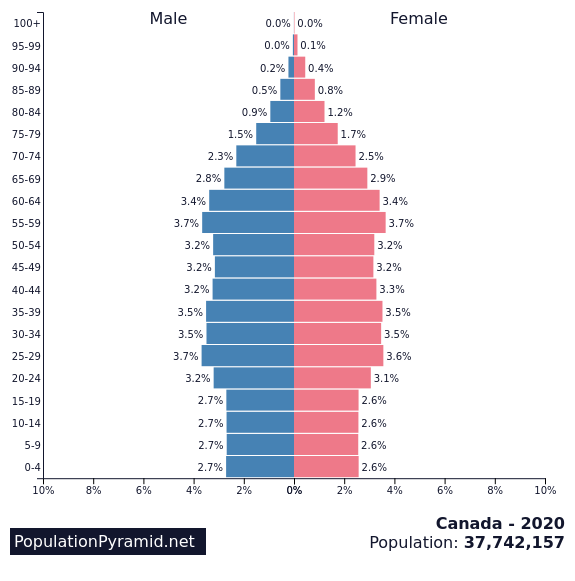Experience in marketing professional services and some lines of products for thirty years has left me with a handful of life lessons that I wish I had known in the beginning. One is about communicating to the “generations.”
When I started, there were few opportunities to study marketing in Ontario. The topic was buried in business courses or in publications “snail-mailed” from the USA. What I knew about generations was what I learned studying the social sciences in university. Back then, I do recall that a generation was given a 33-year period, now it is said to be 25 to 30 and can be as few as two or as many as 5 in 100 years. How could I have known?
What I do know is that in North America (Canada and the USA) and a handful of EU countries, marketers embrace the packaging of generations as (from oldest to youngest ending at Z) Traditional, Baby Boomers, Generation X, Generation Y (Millennials), and Z. And now the leading handle for those following Z is “Alpha” (born after 2010).
Reality Check
When a marketer is building personas around their target generations, the packaging in Canada and the USA works well, because the generations are conditioned on how to behave and what to value through all kinds of sources from movies, television series, fashion, learning centres, lifestyle businesses and so much more, including marketers working for the transnationals. But what about people in other countries who immigrate to Canada and The Golden Horseshoe in Ontario? What are their values and life markers? Can they be shared, and are they? The answer is yes with people from the same regions. With people born in Canada and the USA – maybe. The periods of their generations defined by values and major life experience markers in their homelands transcend generational periods marketers use in lockstep in Canada and the USA.
When I judge marketing competitions at universities and colleges in Ontario, I am reminded by every team that their teachers, textbooks, and peers have unanimously bought into contemporary Canadian and USA generational marketing theory and practice. No-one who I have encountered on a project is considering the life experiences and values of the complex “transgenerations” that now comprise Southern Ontario. Marketers tend to package audiences as male/female, Boomer, Gen X, Millennial, and Z based on age.
Examples
I first became aware that the North American generational packaging that I have held dearly and advocated since around 2010 was faulty when completing a marketing assignment in Tanzania. That country has no Boomer generation as we know it. When you check and compare population age gender periods over decades, there are no bubbles moving through the pyramid as there are in Canada and the USA. That country did not experience a wave of soldiers returning from campaigns in Europe and the Pacific and the baby boom that followed. Gens X and Y seem to be integrated as birth rates are high and parents/partners tend to have children for longer periods than in North America. I was trying to create personas of generations that did not exist. A generation might be closer to the 33 years I recall from university.
In February 2022 I was completing a marketing assignment in the Philippines and was shocked to learn that there seems to be two major generations in the workforce defined by politics and technology. Wow! I can see gens Z, Y and X and seniors, but they behave differently and cannot be personified in the same way we do in Canada and the USA.
Lessons Being Learned
I will no longer blindly apply the generational packaging we have in Canada and the USA. I will research the geographic area, demographics and cultures of the customers/shoppers being targeted for a client’s integrated marketing communications campaign and think about what I find before defining the persona of the people we wish to contact. I have become aware that I will find touch points that customers value and life experiences to connect with that are not taught in school and generational theory for marketers.

Grant Lee, CPM
Marketing Strategies and Tactics


